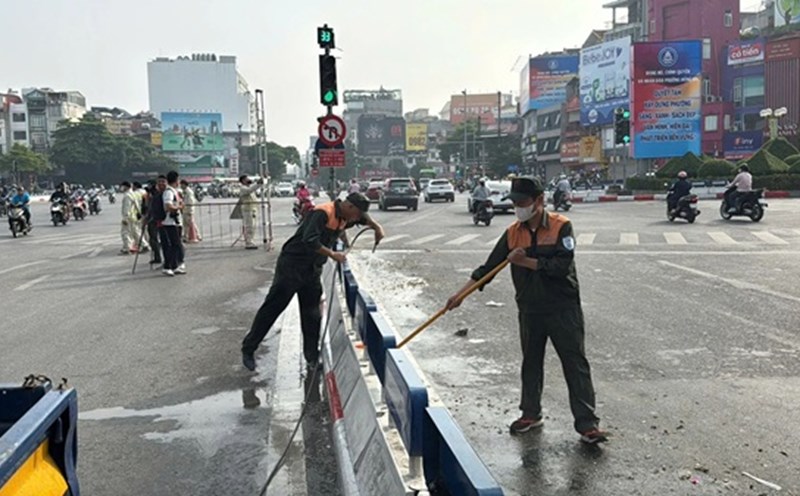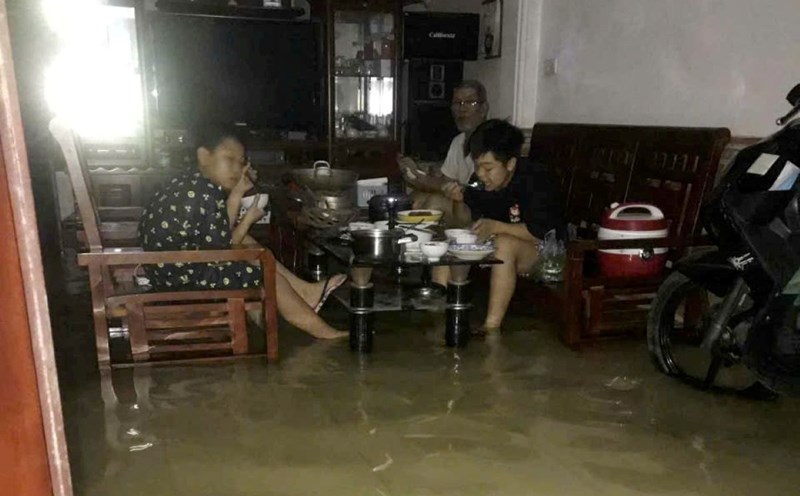The implementation of key infrastructure projects assigned by the government to the private sector is identified as an important driving force to accelerate Vietnam's economy. What lessons does experience in developed countries bring to Vietnam?
A miracle for Asian dragons
In its journey to become an "Asian dragon", South Korea has laid the foundation for development with transport infrastructure, typically the Gyeongbu Expressway connecting Seoul and Busan Port. Despite the skeptical situation due to huge costs, complex terrain and lack of experience, the project was still completed after 2.5 years - one year earlier than planned. The 428km long route mobilizes nearly 9 million workers, with costs equivalent to 1⁄4 GDP in 1967, connecting the area that accounts for 63% of the population and 80% of the country's industrial output.
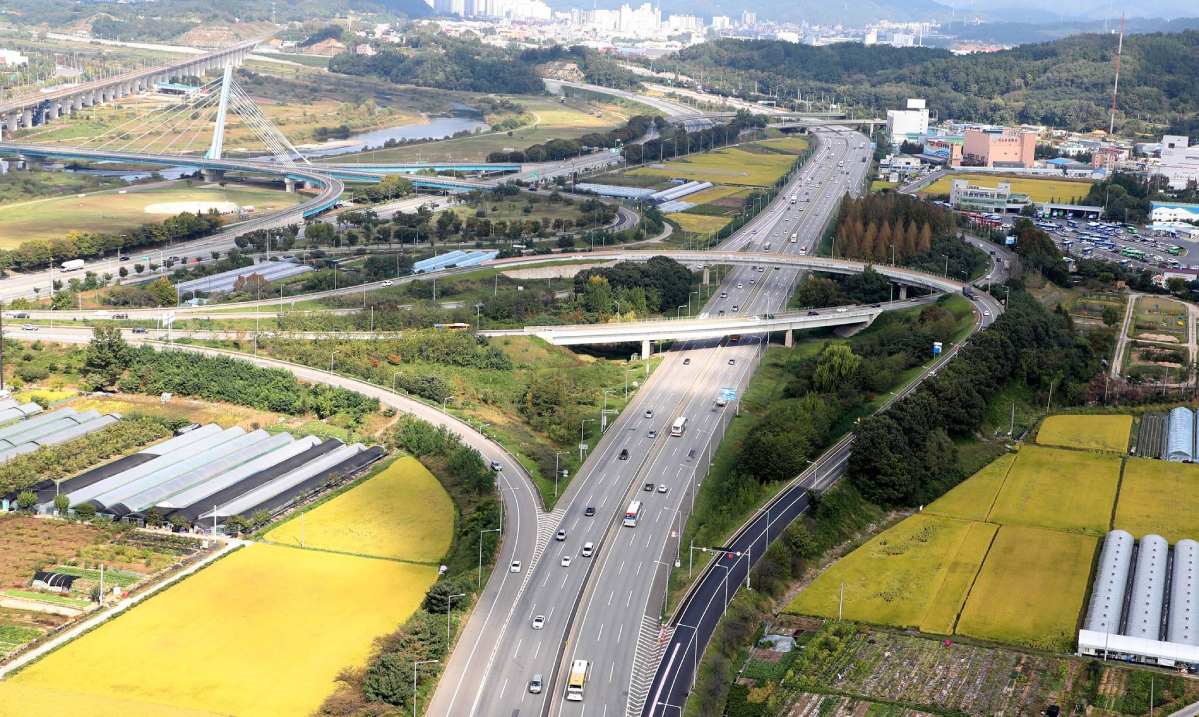
Similar to the "Miracle of the Han River", the rise of Singapore, another Asian dragon is also due to the improvement and construction of national infrastructure. Founded in the mid 1960s, Singapore was originally a small island nation lacking resources, outdated domestic transport infrastructure, and energy infrastructure dependent on the outside. In the mid-1970s, Prime Minister Li Guangieu established Temasek Holding, an investment fund under the Singapore government. Unlike the development model through chaebols in Korea, Temasek plays the role of an extension of the government, investing in areas where the private sector effectively implements and operates: PSA (shoreport), SMRT (public transportation), Singtel ( telecommunications)... The Singaporean government plays a planning role, long-term orientation, companies are responsible for implementation and operation. As a result, the "public-private" development model helps develop infrastructure, Singapore rises to be among the most developed countries in Asia.
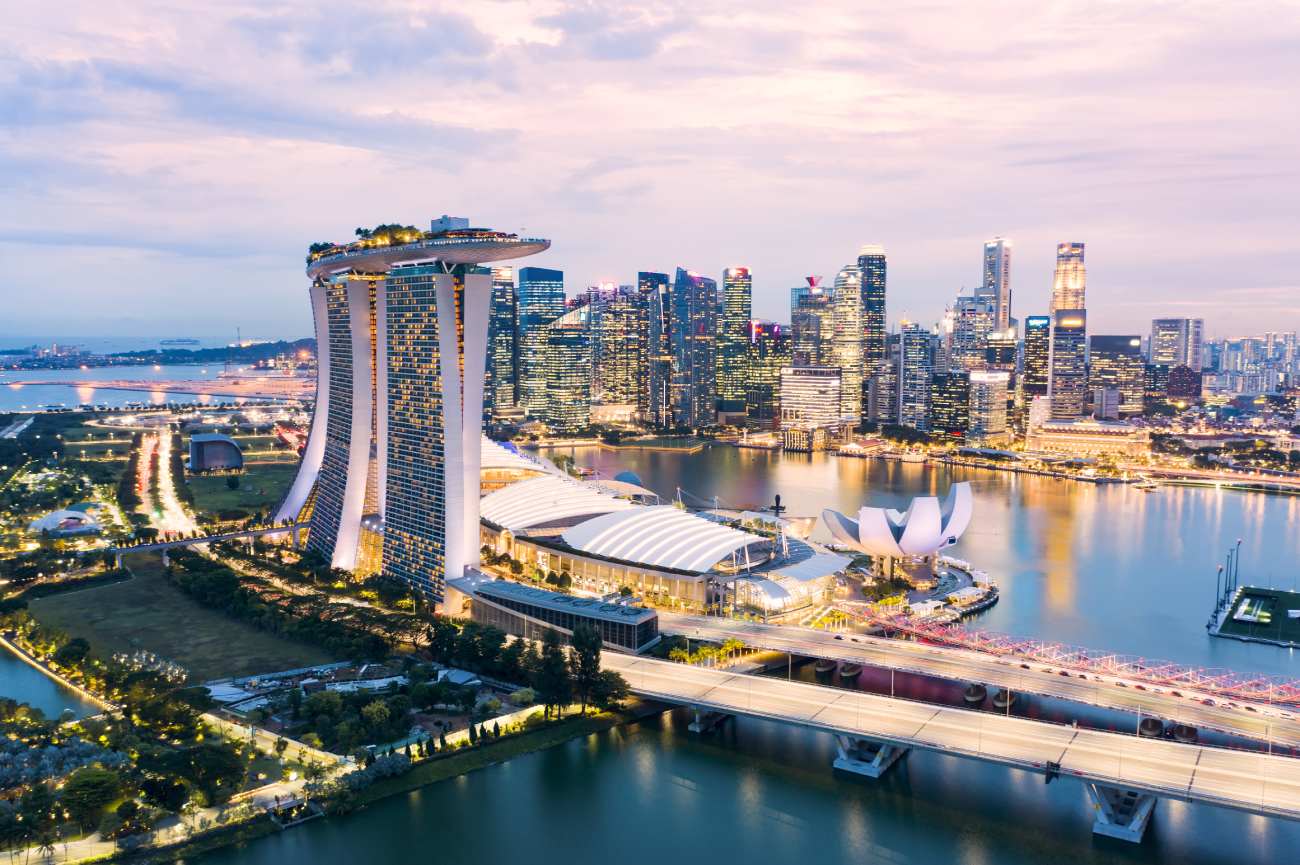
With the "Taiwanese steel industry", infrastructure development is an inseparable part of the development history. From the North-South Expressway to high-tech parks, from seaports to airports, Taiwan (China) effectively coordinates with private corporations to access international capital to create a launching pad for the industrial and modernization process. In which, the government always plays a leading role in creating, the private sector is the driving force for development.
High expectations for the resilience of infrastructure projects
After the Doi Moi milestone nearly 40 years ago, Vietnam continues to enter a new stage of development - opened up by strong innovative thinking, under the leadership of the Communist Party of Vietnam and General Secretary To Lam. With a creative mindset, the Party has launched an inspiring strategic vision, opening up an "era of national growth" - where the strong aspiration is clearly defined in the development of a "four pillars" system including: promoting science, technology and innovation (Resolution No. 57-NQ/TW); proactively integrating deeply into the international community (Resolution No. 59-NQ/TW); comprehensively innovating the work of law-making and enforcement (Resolution No. 66-NQ/TW); and especially, strongly developing the private economic sector (Resolution No. 68-NQ/TW).
In the context of a rapidly changing world, complex geopolitical fluctuations and a wave of technology with far-reaching impacts, Vietnam's strategic thinking has had a corresponding change. Resolution No. 68-NQ/TW marks a historic turning point in development awareness when it for the first time firmly affirmed: In a socialist-oriented market economy, the private economy is the most important driving force of the national economy. This is no longer the orientational encouragement as before but a strategic choice - reflecting a modern, transparent and consistent development vision. The official placement of the private sector in the center - as one of the pillars of the economy - opens up unprecedented development space for the private enterprise sector, while arousing and gathering huge resources that are tieminning in the whole society.

One of the key areas demonstrating the above spirit is infrastructure development - where large-scale projects promise to change the national face such as the North-South high-speed railway line, the Ho Chi Minh City-Can Gio urban railway system, Phan Thiet airport, Gemalink deep-water port (phase 2) ... are handed over to the private sector with great confidence: when created favorable conditions and environment, they will not only build works, but also take advantage of opportunity costs, creating miracles bearing the mark of the times.
At the workshop "Stile of internal resources, leading prosperity" organized by Dragon Capital on July 12, Dragon Capital assessed that it can expect three driving forces to strongly change Vietnam's economy in the next 5-10 years: modern infrastructure system (Binh Nam expressway deployed and the existing infrastructure system comprehensively connected and completed by building more airports, deep-water ports...); breakthrough growth thinking with technology as the center (developing electronics industry, manufacturing industry, energy industry...); and the construction of international financial centers in Ho Chi Minh City and Da Nang.
Dr. Le Anh Tuan, Strategy Planning Director of Dragon Capital, is optimistic when outlining a Vietnam "completely different from today" after 2030: "working in Ho Chi Minh City but living in Phan Thiet", "working in Ho Chi Minh City on weekends but bathing in the sea in Nha Trang." This new future is due to the drastic implementation of important infrastructure projects assigned to the private economy in the coming time. When completing large-scale projects, it will create positive spreads: restructuring urban belts, changing industrial clusters, improving tourism experiences, drastically reducing logistics costs... In the final spread, Mr. Tuan affirmed: "We will not be able to rise to become a prosperous country with high logistics costs as at present. These will change when the modern infrastructure system is complete.
According to Dragon Capital, right from the implementation of "billion-dollar" infrastructure projects, it has had a widespread impact on the economy through absorbing a huge amount of raw materials, employing hundreds of thousands of workers, promoting the development of the construction and installation industry... With the rapid implementation of many projects, according to Dragon Capital's forecast, with a vision to 2030-2040, Vietnam will have a comprehensive infrastructure leading the region. The aspiration of the entire political system is to make Vietnam's appearance unimaginable within the next five years with changes in infrastructure, said Dr. Le Anh Tuan.
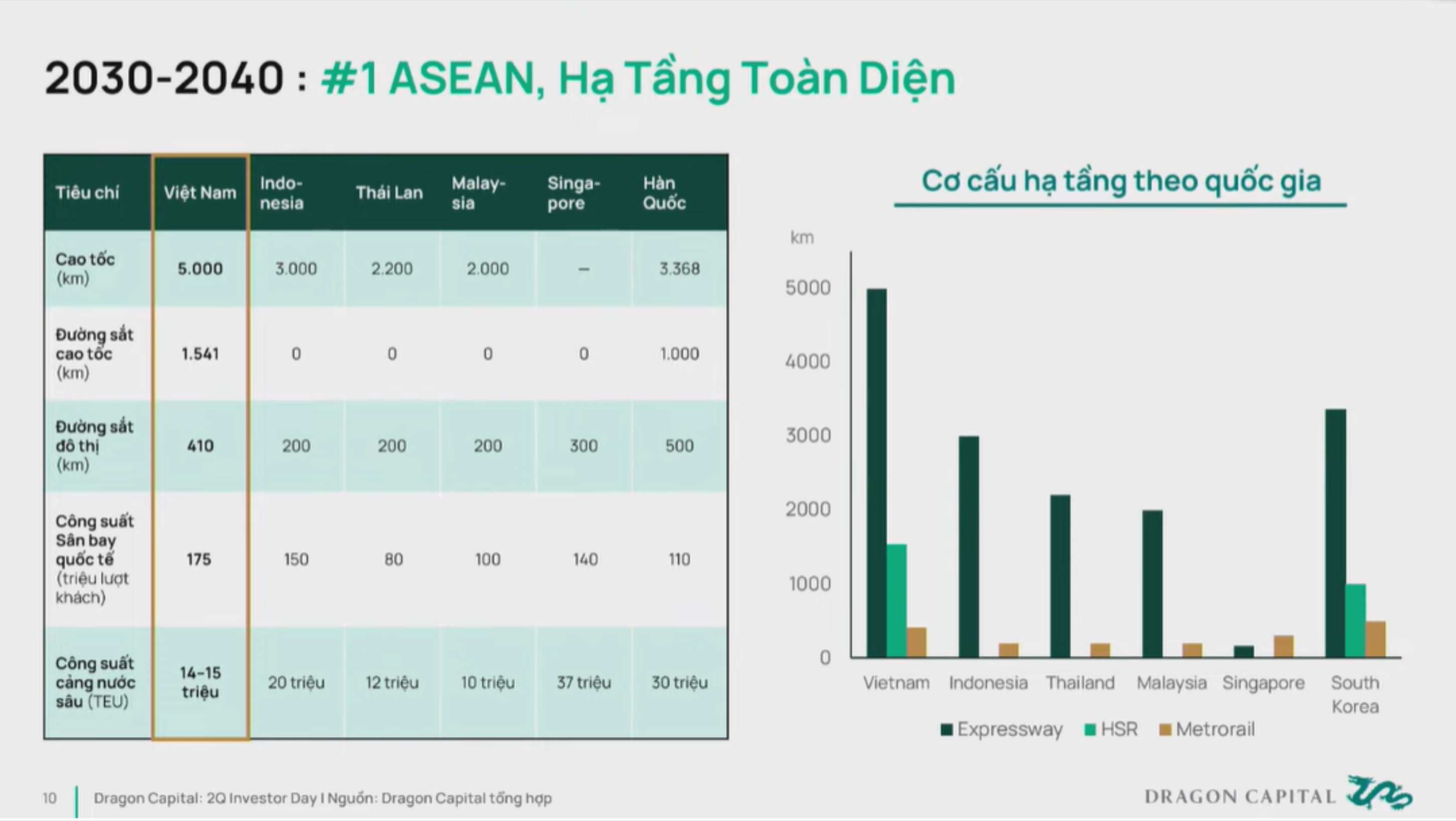
Promoting endogenous strength
The experience of infrastructure development of Asian dragons brings many suggestive lessons to Vietnam. In "dragon-throwing" countries, the government plays a role in creating and boldly empowering the private sector in areas that require risk and flexibility, especially access to new technology. The government plays a role in organizing projects, focusing resources on site clearance, removing bottlenecks and difficulties, and empowering companies with sufficient capacity. The PPP (public-private partnership) model - especially the BOT (build-operate-transfer) model - is transparent and ensures investor benefits, will create a push to attract the private sector to high-speed ship projects, seaports, and airports. Finally, infrastructure development needs to be synchronous not only by road, waterway, airway but also by logistics, industrial parks, energy, housing... so the state plays a coordinating role focusing on the aspect of security to create a strong spillover effect to the entire economy. On the contrary, the private sector promotes its strengths in efficiency and management capability to develop projects quickly. The State focuses on building a transparent model, providing appropriate support, delegating authority and ensuring benefits for private enterprises, which can completely create a turning point for the infrastructure system in the new period.
At the Vietnam Private Economic Forum 2025, Dr. Tran Du Lich said that in the era of national growth to create a breakthrough, it is impossible to apply traditional economic principles but must come from determination and political will. Vietnam needs private projects to participate, need political determination, designate, assign, and invite the private sector to participate in key projects and major national projects to create breakthroughs in development. This is a development role, creating a breakthrough in the private economic sector, said Dr. Tran Du Lich.
In the field of infrastructure, major private corporations of Vietnam such as THACO, Hoa Phat, Masterise Group... bring a completely different approach to the state in flexibility, market and speed. This endogenous strength promises to solve bottlenecks to create a breakthrough to help Vietnam's economy rise in the new era.

